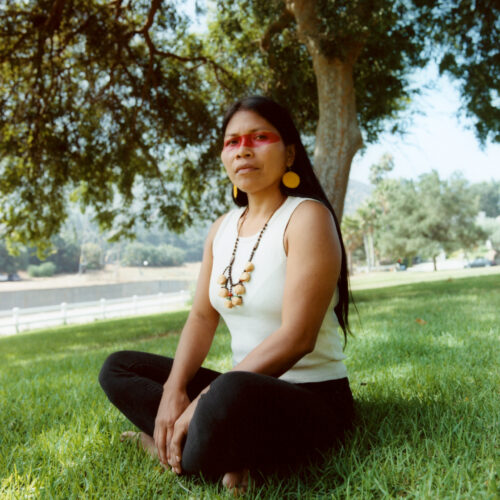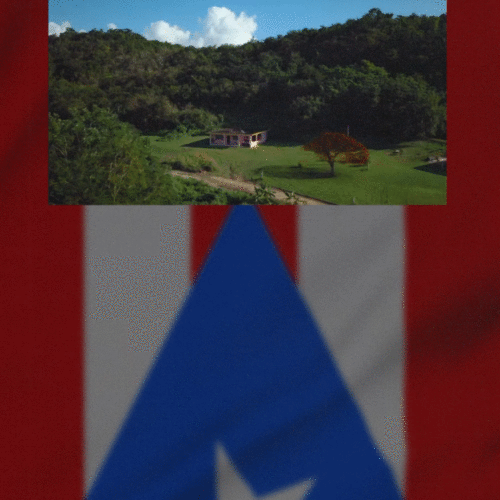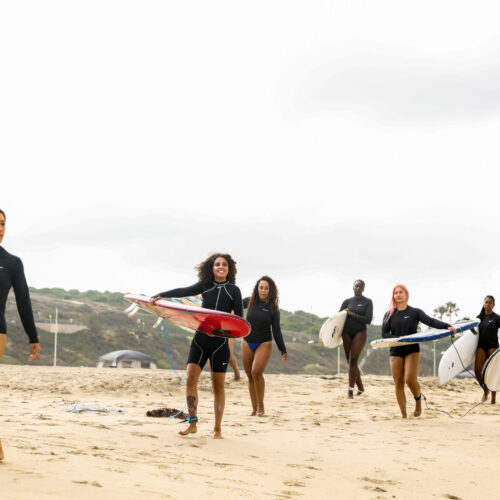At the West Coast’s buzziest marisco stall, chef Gilberto Cetina’s menu bursts with flavor—and blows dated notions about Mexican cuisine out of the water.
If you manage to snag a table at the buzzy Los Angeles marisco stall Holbox, you can expect to encounter more than food. Sure, you probably came to munch on its next-level baja fish tacos, tangy ceviches, and spicy pulpo, but you might also rub elbows with chefs fresh off their shifts, an Angelonian in flip flops eager to sample this week’s catch, or an influencer reviewing Yelp’s number one restaurant of 2025.
The act of packing into the Michelin-starred counter tucked in Historic South-Central Los Angeles’s Mercado La Paloma is part of the charm of chef Gilberto Cetina’s passion project turned commercial success. Since earning his industry stripes—including prestigious accolades, like a semifinalist nomination for this year’s James Beard Awards for Outstanding Chef—Cetina is focused on soaking up the moment while continuing to serve diners braving long lines to eat up his punchy creations. His business went relatively unscathed by the city’s recent wildfires, but the devastating crisis served as a reminder of how fickle the industry is. When asked what’s next, he bristles a bit. “It’s really just enjoying what we’ve built and trying to keep that star for a few years,” Cetina tells Latina. “We like where we are and we love what we do and we just want to continue to do it better.”
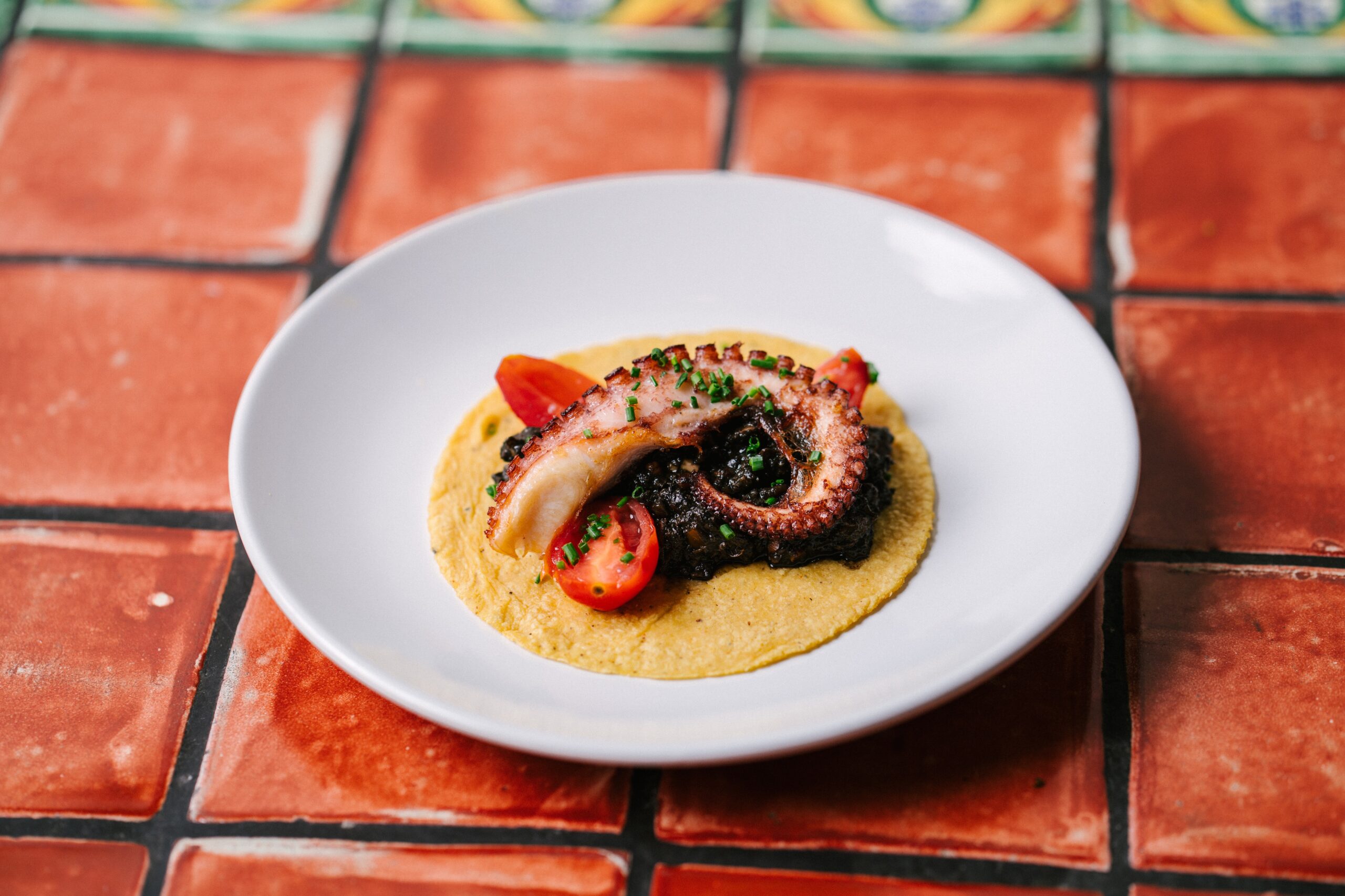
Photo credit: Liam Brown
Rethinking Mexican Mariscos
With no formal training but a lifetime supporting his family’s culinary business ventures while growing up between California and Mexico, Cetina opened Holbox’s doors in 2017 determined to do Yucatan-style seafood justice within Los Angeles’ food scene. “It was always supposed to be a side project, a little place for me to hang out and have fun with fish,” he says of the outpost neighboring his dad’s restaurant Chichen Itza.
Holbox has since evolved to encompass the different coastal regions of Mexico through the lens of seasonal locally sourced Southern California produce and seafood. Embracing the simplistic spirit of Mexican cooking that centers fresh ingredients and traditional flavor profiles, Cetina’s lively dishes burst with spice, chili-fueled acid, and heat.
“I knew that the reason that all of the marisco spots in Los Angeles kind of tend to taste the same [is] because they’re all working with a certain set of ingredients priced appropriately for what the expectation is of Mexican food,” Cetina says.
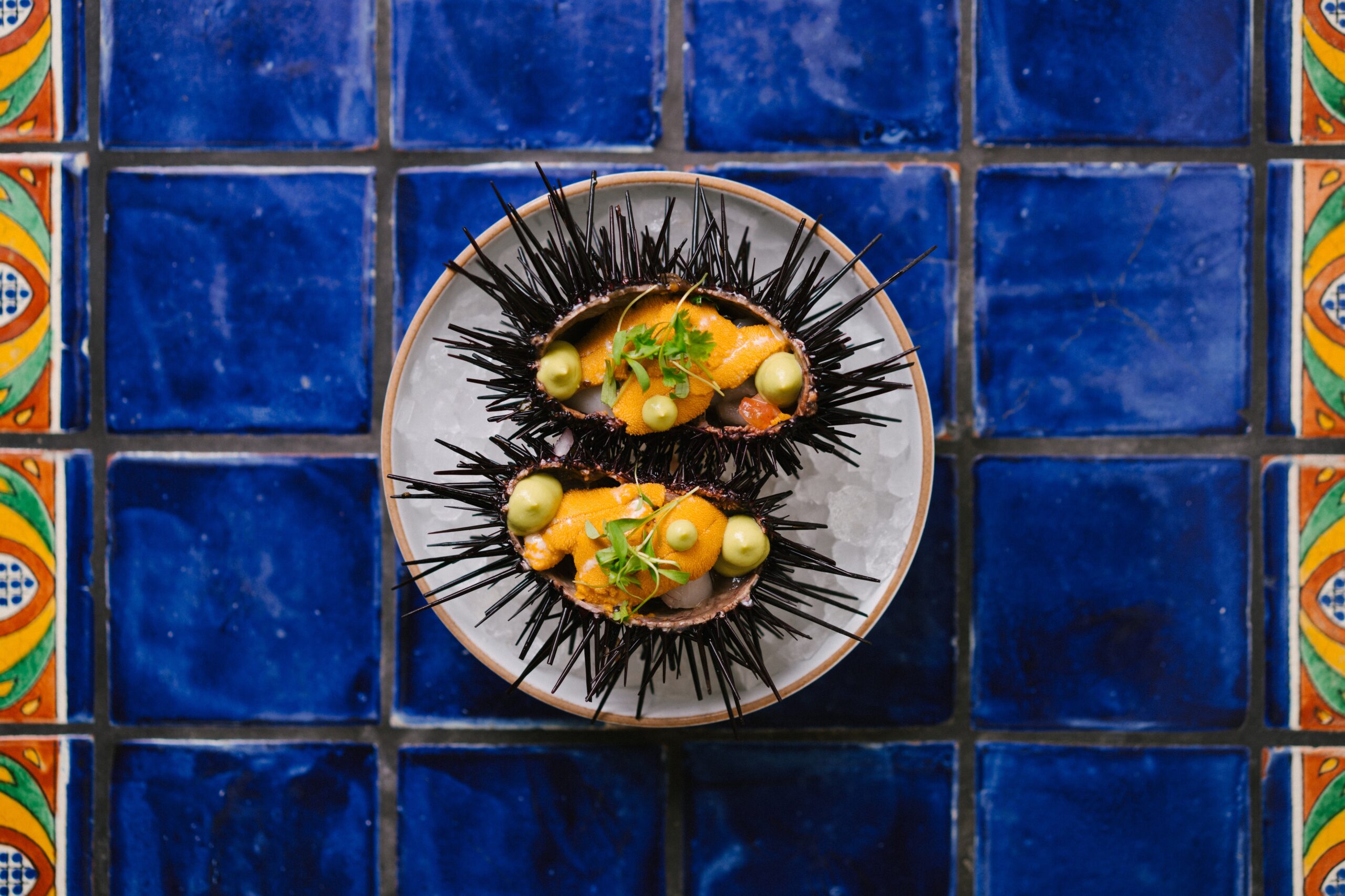
Photo credit: Liam Brown
One way Cetina stands out is his deep appreciation for corn, a staple in Mexican cooking he’s seen overlooked at other marisco restaurants, with the ingredient often being overpowered by beautiful fish. He takes pride in Holbox’s handmade tortillas, which are crafted by former staffer Fátima Juárez’s Komal Molino. The masa shines in the laborious multistep dehydrated and fried crunchy tostadas raspadas currently paired with local white sea bass ceviche in a salsa macha avocado cucumber puree.
“I knew that all the marisco spots in L.A. tend to taste the same [because] they’re all working with a certain set of ingredients priced appropriately for what’s expected of Mexican food.”
Then there’s the mesquite grill, a vessel through which Cetina channels his reverence for the primal spirit of cooking a freshly caught fish on a stick over a fire on the beach. He gushed over spot prawns, a recent highlight on the menu. The delicacy is found at over a thousand feet of the ocean’s depth then kept alive in tanks until their heads are fried then bodies and tails left raw marinated in chile, even the most seasoned seafood lovers can’t comprehend a shrimp’s texture could taste so fresh.
Falling in love with seafood while spearfishing and catching conch and octopus on the coast of Yucatan as a teen, Cetina no longer dives for his supper, calling it a “young man’s game.” He now collaborates with local fishermen who help him navigate the challenges of sustaining a seafood restaurant amidst climate change and economic uncertainty, informing the menu by tipping him off when there’s an overabundance of invasive species like box crabs. Staying clear of giant seafood distributors also keeps costs stable and protects Cetina against some of the shocks felt by other restaurant owners impacted by tariffs, labor immigration laws, and the supply chain.
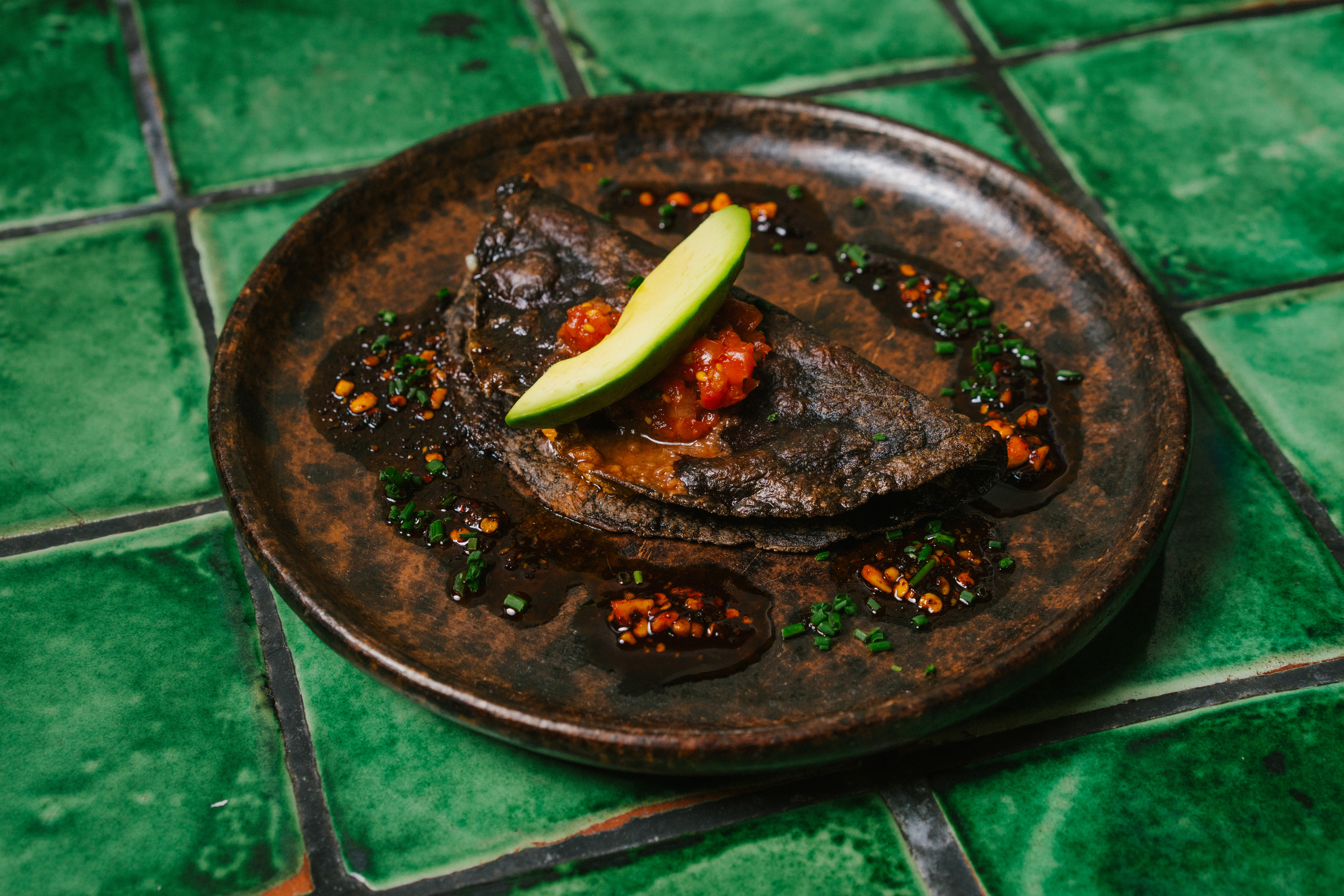
Photo credit: Liam Brown
Challenging the “Cheap Taco”
Cetina never imagined his curiosity of the sea would lead him to a project like Holbox. Throughout his youth, food was always a means of survival for his family, but spending weekends helping his parents make tamales to make rent led him to reject the craft. He attempted to fight off what seemed like his preordained fate by studying computer science instead. “I didn’t think cooking was in my future,” he said. “I thought I was gonna be the next Bill Gates.” When his dad first needed an extra pair of hands to help realize his dream at Chichen Itza, he volunteered to do everything from take out the trash to work in front of house. What was supposed to be a temporary stint training a chef in his dad’s approach in 2010, turned into an obsessive attempt to master the kitchen that hasn’t waned.
Despite his determination, Cetina didn’t hit the ground running when he ventured off on his own. Holbox didn’t resonate with diners at first, “It created a business that was not easy to sell, and it was hard to get customers on board,” he said. People weren’t ready to spend $7 on a taco at the time, which Cetina believes reflects the misconception that Mexican food should always be cheap. Even a rave review didn’t move the needle.
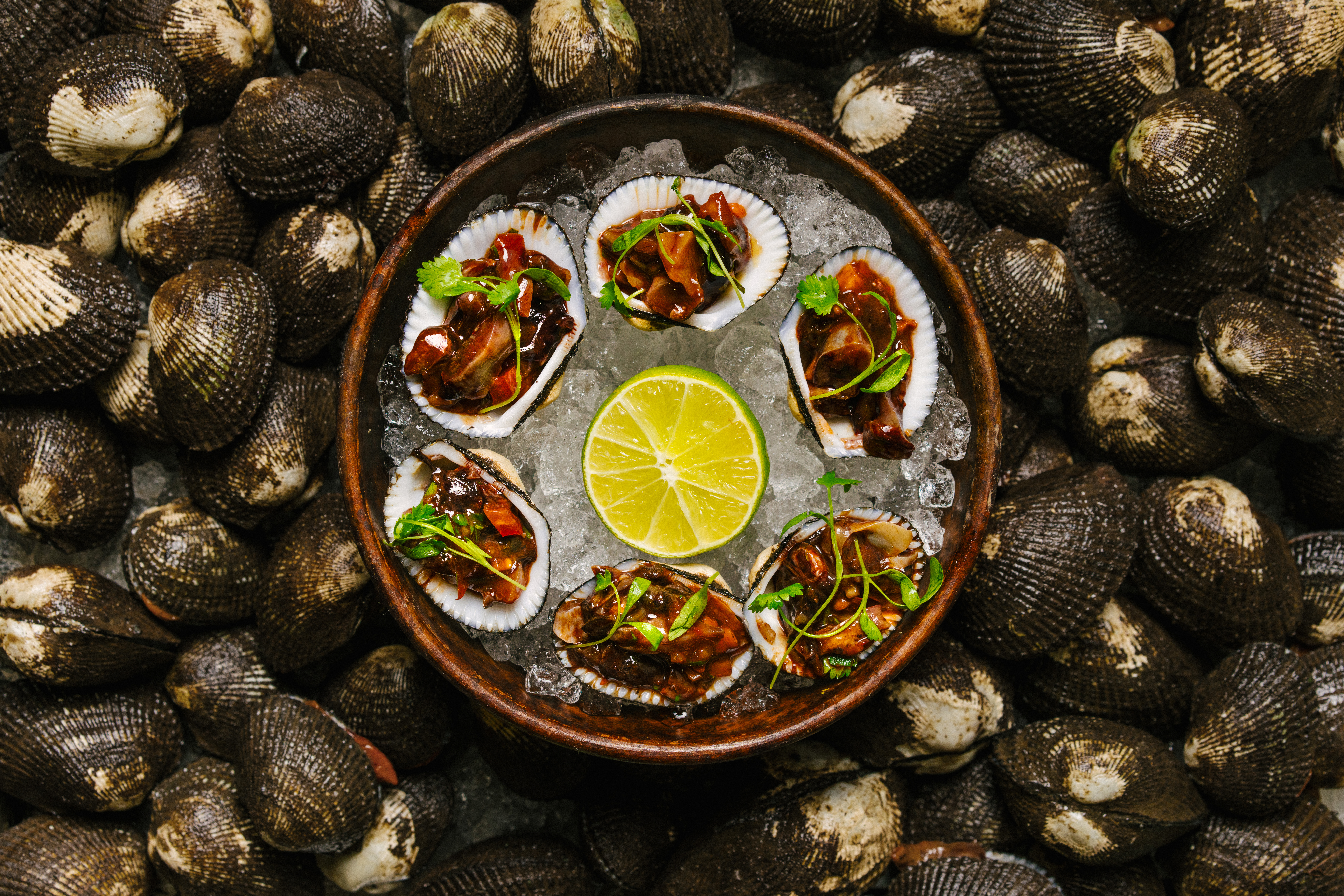
Photo credit: Liam Brown
Then, just as Holbox gained traction with local media and online in 2019, the team was forced to confront the COVID-19 pandemic months later. “It completely stopped us in our tracks,” Cetina said. He anticipated it’d take another couple of years to regain their footing.
But instead Holbox met the moment and continued to grow in popularity. Locals leaned into a place where they could indulge in a satisfying meal in an unpretentious setting. “I think customers were hungry for that human connection and [to be] in a space that felt like community,” he said. “It’s a combination of different people from different backgrounds, cultures, different parts of town, different towns, different states, that love good quality seafood, marisco fanatics.”
Now on a pricier, twice-a-week tasting menu that serves just 16 guests nightly, Cetina pushes the boundaries of traditional Mexican seafood with fun and cheeky offerings like abalone tamales, fish head pâté, and stuffed cabbage with fish sausage. Though he admits it’s probably not the most fiscally sound endeavor, it brings him joy, “That’s probably a very selfish project on my end.”
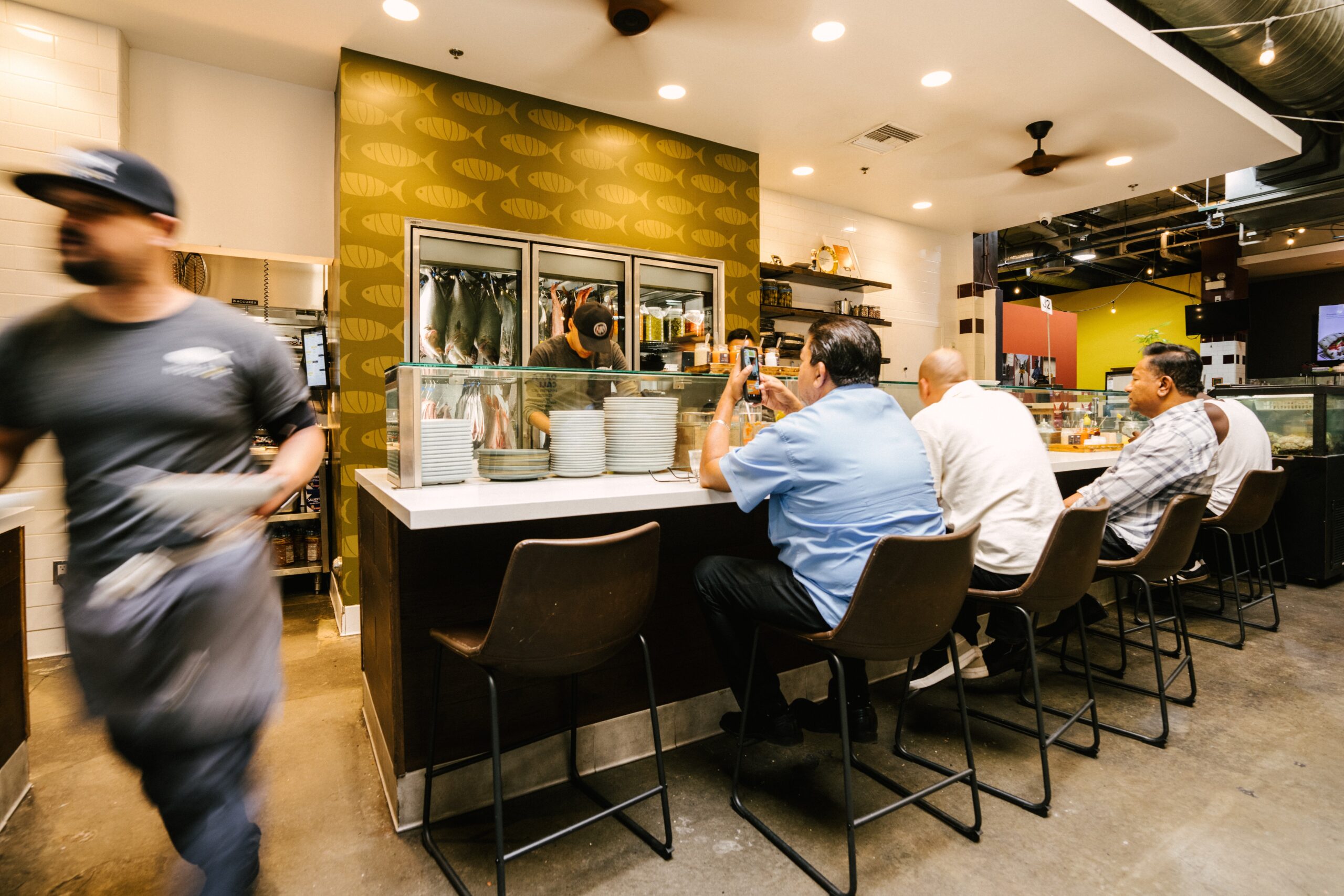
Photo credit: Liam Brown
“Customers were hungry for that human connection—to be in a space that felt like community.”
Cetina remains committed to serving bold quality food, no matter the setting. While inspiring meals can be found in markets and street vendors around the world, he feels the U.S. is behind on embracing these spaces. He believes his approach in the kitchen wouldn’t change if the food were served in a high-end white tablecloth dining room.
“Lack of a maître d’ or a hostess, a wine list, and a white tablecloth doesn’t define the quality of a food experience,” he says. “There’s something really beautiful and super appealing to me about striving for excellence despite being in a humble setting. The fact that we’re in a mercado, it’s not a reason to not put everything that we can into the cooking.”
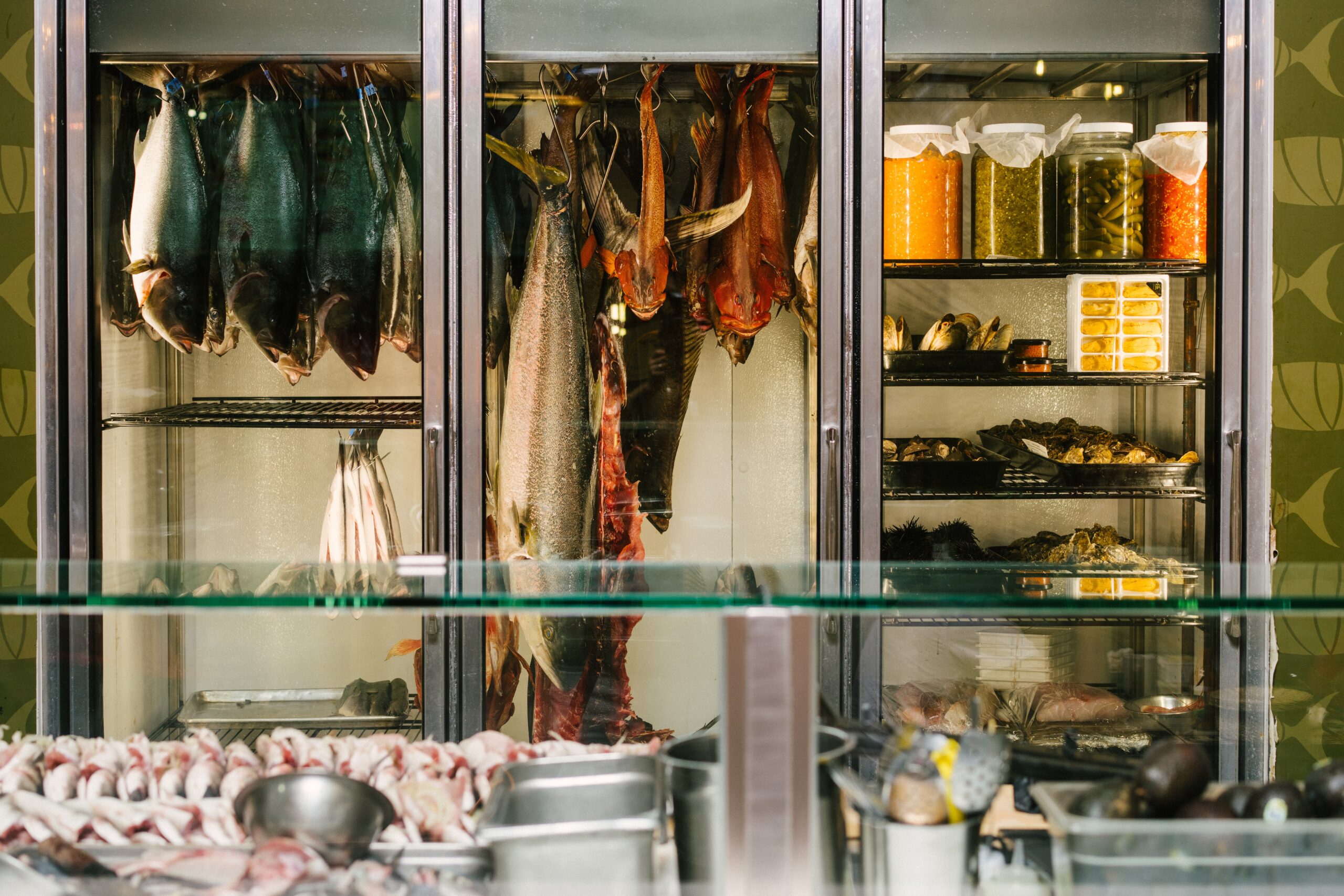
Photo credit: Liam Brown


